The Norfolk Terrier, a small but spirited breed hailing from East Anglia, England, offers a delightful combination of tenacity, affection, and character. Often described as the spitfire of the terrier group, this breed possesses a rich history and unique traits that make it a compelling companion. This guide delves into the world of the Norfolk Terrier, covering its origins, characteristics, care requirements, and what prospective owners should know.
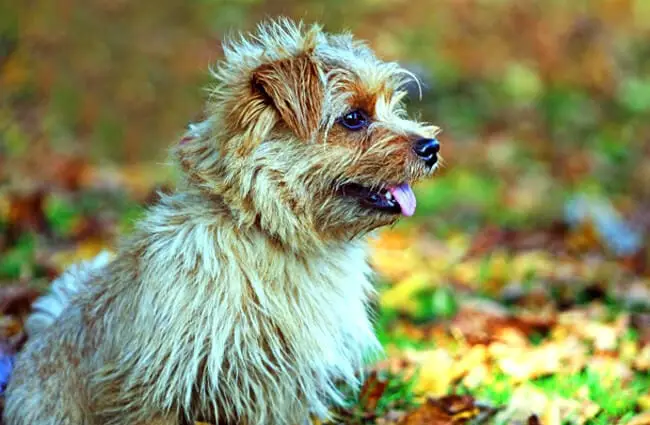
A Breed Born of Working Roots
The Norfolk Terrier’s story begins in the late 19th and early 20th centuries in the Norfolk region of England. Farmers in this area needed a versatile working terrier capable of pest control, specifically targeting rodents and other vermin on their land. They were not interested in show dogs, preferring practical, effective hunters. The breed developed from crosses between the now extinct Norwich Terrier and other small terriers, such as the Cairn and Border Terrier, with a focus on functionality rather than appearance.
Initially, Norfolk and Norwich Terriers were considered the same breed, distinguishable only by their ears—Norfolk Terriers having naturally drooping ears, while Norwich Terriers possessed prick ears. It wasn’t until 1964 that the Kennel Club in England officially recognized them as separate breeds, a distinction that persists today. This makes the Norfolk Terrier one of the newer recognized terrier breeds.
Physical Characteristics
Size and Weight
Norfolk Terriers are small, compact dogs. Typically, they stand between 9 and 10 inches tall at the shoulder and weigh between 11 and 12 pounds. Their small size does not diminish their robust, muscular build, a testament to their working heritage. They are surprisingly strong for their size!
Coat and Color
The Norfolk Terrier’s coat is a key characteristic. It’s a dense, hard, and wiry outer coat with a soft undercoat. This double coat provides protection from the elements and contributes to their rugged appearance. Regular grooming is necessary to maintain the coat’s health and appearance. The most common colors are red, wheaten, black and tan, or a combination of these shades. White markings on the chest and feet are permissible.
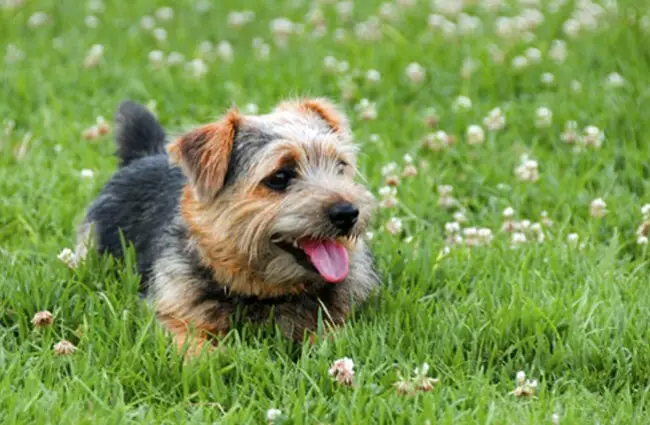
Temperament and Behavior
Norfolk Terriers possess a vibrant and engaging personality. They are known for being courageous, independent, and full of character. While they are affectionate with their families, they can also be quite independent and stubborn, requiring consistent training. Early socialization is crucial to help them develop into well-adjusted companions.
These terriers retain a strong prey drive, a remnant of their hunting background. This means they may chase small animals, so secure fencing and careful supervision are essential. They are also alert and make excellent watchdogs, readily announcing the arrival of visitors. However, this alertness can sometimes translate into barking, so training to manage this behavior is important.
Caring for Your Norfolk Terrier
Exercise Needs
Despite their small size, Norfolk Terriers are energetic dogs. They require daily exercise to stay physically and mentally stimulated. A brisk walk, playtime in a securely fenced yard, or interactive games are all excellent ways to meet their exercise needs. Approximately 30 to 60 minutes of activity per day is usually sufficient. They enjoy digging, so providing a designated digging area can help satisfy this instinct.
Grooming Requirements
The Norfolk Terrier’s coat requires regular maintenance. Weekly brushing helps remove loose hair and prevent matting. Stripping the coat (removing dead hair by hand) several times a year maintains its texture and appearance, although professional grooming is an option. Regular ear cleaning and nail trimming are also essential. Their small size doesn’t make them hypoallergenic, but regular grooming can help minimize shedding.
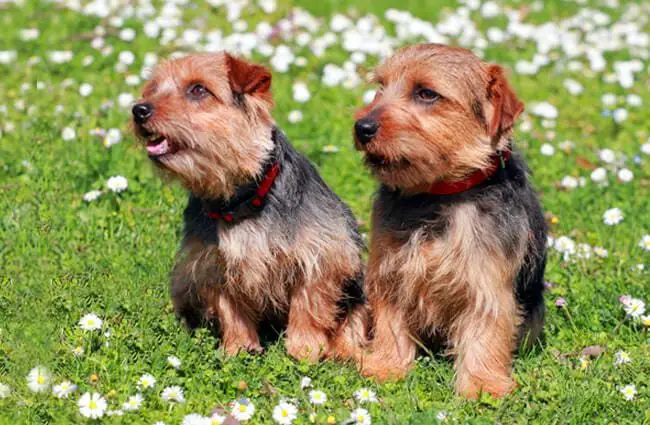
Training and Socialization
Norfolk Terriers are intelligent but can be stubborn, making training a challenge. Positive reinforcement methods, such as treats and praise, are most effective. Consistency and patience are key. Early socialization is crucial to expose them to various people, places, and situations, preventing fearfulness or aggression. They excel in activities like agility and obedience, providing mental stimulation and strengthening the bond between dog and owner.
Health Considerations
Norfolk Terriers are generally a healthy breed, but like all breeds, they are prone to certain health conditions. These include hip dysplasia, luxating patella (dislocating kneecap), and eye conditions such as cataracts and progressive retinal atrophy. Responsible breeders screen their dogs for these conditions, minimizing the risk of passing them on to puppies. Regular veterinary checkups are essential for maintaining your Norfolk Terrier’s health.
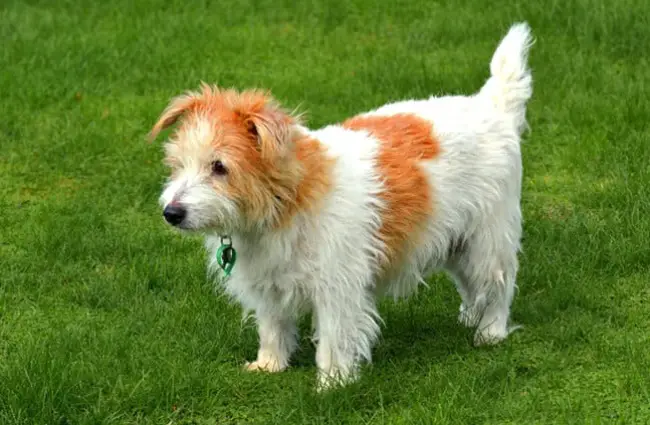
Is a Norfolk Terrier Right for You?
The Norfolk Terrier is a wonderful companion for the right owner. They thrive in active households where they receive plenty of exercise and mental stimulation. They are best suited for owners who are willing to provide consistent training, early socialization, and regular grooming. If you are looking for a small, spirited, and affectionate dog with a big personality, the Norfolk Terrier may be the perfect breed for you. However, be prepared for a dog with a mind of its own and a penchant for mischief!
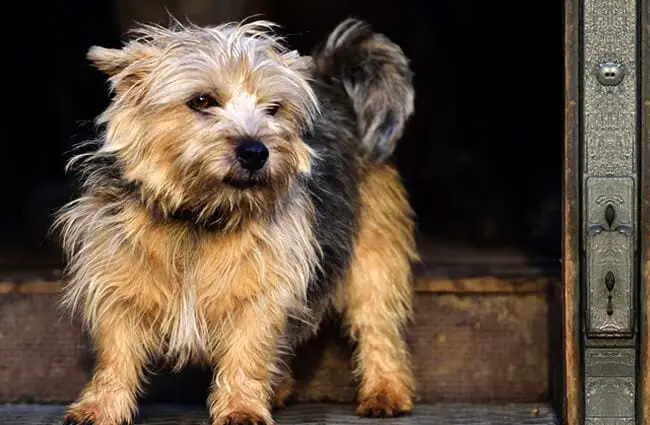
In conclusion, the Norfolk Terrier is a captivating breed with a rich history, endearing personality, and unique characteristics. Understanding their needs and providing them with the proper care will ensure a long, happy, and fulfilling life for both you and your canine companion. Their unwavering spirit and affectionate nature are sure to bring joy and companionship for many years to come.






![Red Angus Closeup of a beautiful Red Angus cowPhoto by: U.S. Department of Agriculture [pubic domain]https://creativecommons.org/licenses/by/2.0/](https://animals.net/wp-content/uploads/2020/03/Red-Angus-4-100x75.jpg)

